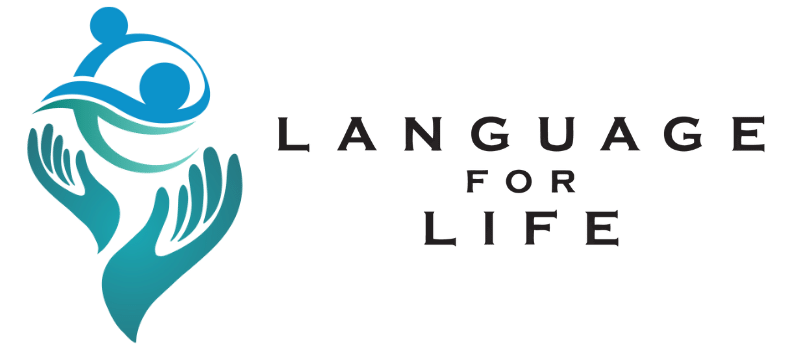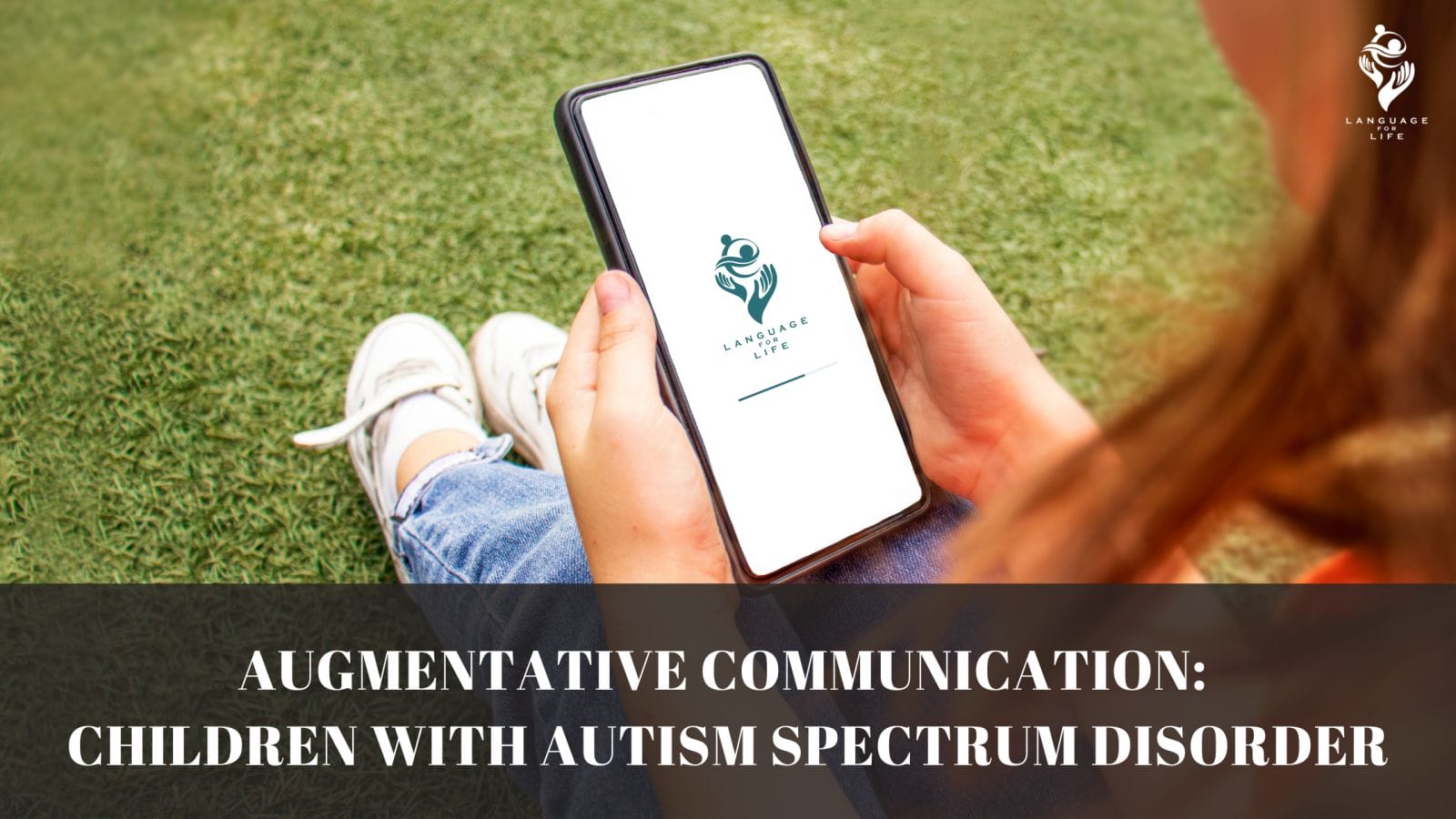If your child with autism spectrum disorder (ASD) is having difficulty with the early stages of communication and language development, an augmentative or alternative communication system might help.
Augmentative communication and autism spectrum disorder
If your child has autism spectrum disorder (ASD) and difficulties with language or communication, augmentative and alternative communication (AAC) systems can add to his existing ways of communicating, including his speech, gestures or writing. They can also give your child new and different ways of communicating.
There are two types of AAC systems – unaided and aided.
Unaided systems
These AAC systems don’t need any equipment. They use gestures and manual signing – for example, Key Word Sign and SgSL – to support speech, or as the main way of communicating.
Aided systems
These AAC systems can be low-tech or high-tech.
Low-tech systems use equipment like cards with pictures of objects, words or photographs that represent tasks, actions or objects. Children with ASD can learn to use the cards to ask for what they need, make comments and answer other people’s questions. PECS (Picture Exchange Communication System) is an example of this kind of system.
High-tech systems include speech-generating devices (SGDs). Children with ASD are often good at visual processing and they might be able to combine this ability with an SGD to improve their communication.
Many ASD apps have been designed for use with iPads and Android devices to help children develop their communication skills.
Children who have a limited range of interests or who have repetitive behaviour can get ‘stuck’ on these devices, so it’s a good idea to think about your child’s behaviour before introducing electronic devices. Your child could have one tablet with only the AAC software on it, and a separate one to use for games and entertainment.
Benefits of AAC systems for children with autism spectrum disorder
It’s claimed that AAC systems help children with ASD improve their ability to understand and communicate with others.
Children with ASD who might benefit from using AAC systems include those who have a lot of trouble understanding or using spoken language, or who might be a lot slower to develop language. AAC systems can also help children who have tried language development programs but still find it difficult to speak in an understandable way.
These systems can help children with ASD and their families in several ways.
They can be an effective way for children to learn early words because they put a spoken word together with a picture or gesture that represents that word – for example, saying ‘apple’ and holding a picture of an apple. Children remember the speech sounds and the visual image of the object, picture or hand movement that’s paired with the word. Children with ASD often respond best to information that’s presented visually, so this approach is likely to be especially helpful for them.
AAC systems can also improve children’s understanding of words. This is because speech on its own can be very quick, whereas a visual image lasts longer. Also, people tend to slow down when they’re using visual aids – to recall a specific sign, find the right picture, add emphasis, or ensure the child has seen the whole message. This all gives your child more time to understand the information and helps avoid information overload.
Finally, a visual prompt can encourage children to make eye contact by gaining their attention. Eye contact is a key part of communication and often needs to be taught to children with ASD.
AAC systems can reduce stress for both you and your child because they take the guesswork out of understanding your child’s behaviour. Less stress and better communication can add up to a better relationship between you, your child, your child’s siblings and other children and caregivers away from your home.
Choosing an AAC system for your child with autism spectrum disorder
The AAC system you choose will depend on a few things, including your child’s particular challenges, the current stage of your child’s communication development, and your ability to put the system into action. It’s good if your family and your child’s other caregivers are also able to use the system.
Here are some questions to think about when you’re choosing an AAC system:
- Is the system a temporary support for your child until her spoken language develops, or is it likely to become her main way of communicating?
- Is your child physically capable of using the system? For example, does he have the fine motor control for manual signs?
- Is the system portable?
- Can your child learn the system easily?
- Are there financial considerations?
- How likely is it that other people, like teachers and friends, will learn and use the system?
- What systems are used at your child’s preschool, kindergarten or early intervention service?
Effects of AAC systems on speech development
Parents of children with ASD and some professionals might be concerned that using AAC systems might delay speech development.
But evidence suggests that these systems could help your child develop spoken language. Also, an electronic AAC device might help your child’s communication skills develop faster than low-tech systems.
If you introduce an AAC system as early as possible, your child is more likely to use it to communicate.
Other interventions to improve communication
Other interventions and therapies that might help develop your child’s communication skills include the following:
- Visual supports and strategies: these use symbols, photographs, written words and objects to help children with autism spectrum disorder (ASD) improve their skills in processing information, using language, and understanding and interacting with their physical and social environment.
- Functional Communication Training (FCT): this focuses on replacing difficult behaviour with more appropriate communication that serves the same purpose as the behaviour. For example, a child might have a meltdown when she wants a toy but can’t ask for it. In FCT, the child would be taught how to ask for the toy in a more appropriate way.
- More Than Words®: this is also known as The Hanen Program. It focuses on promoting language development in children with ASD.
Credit to: babybonus

